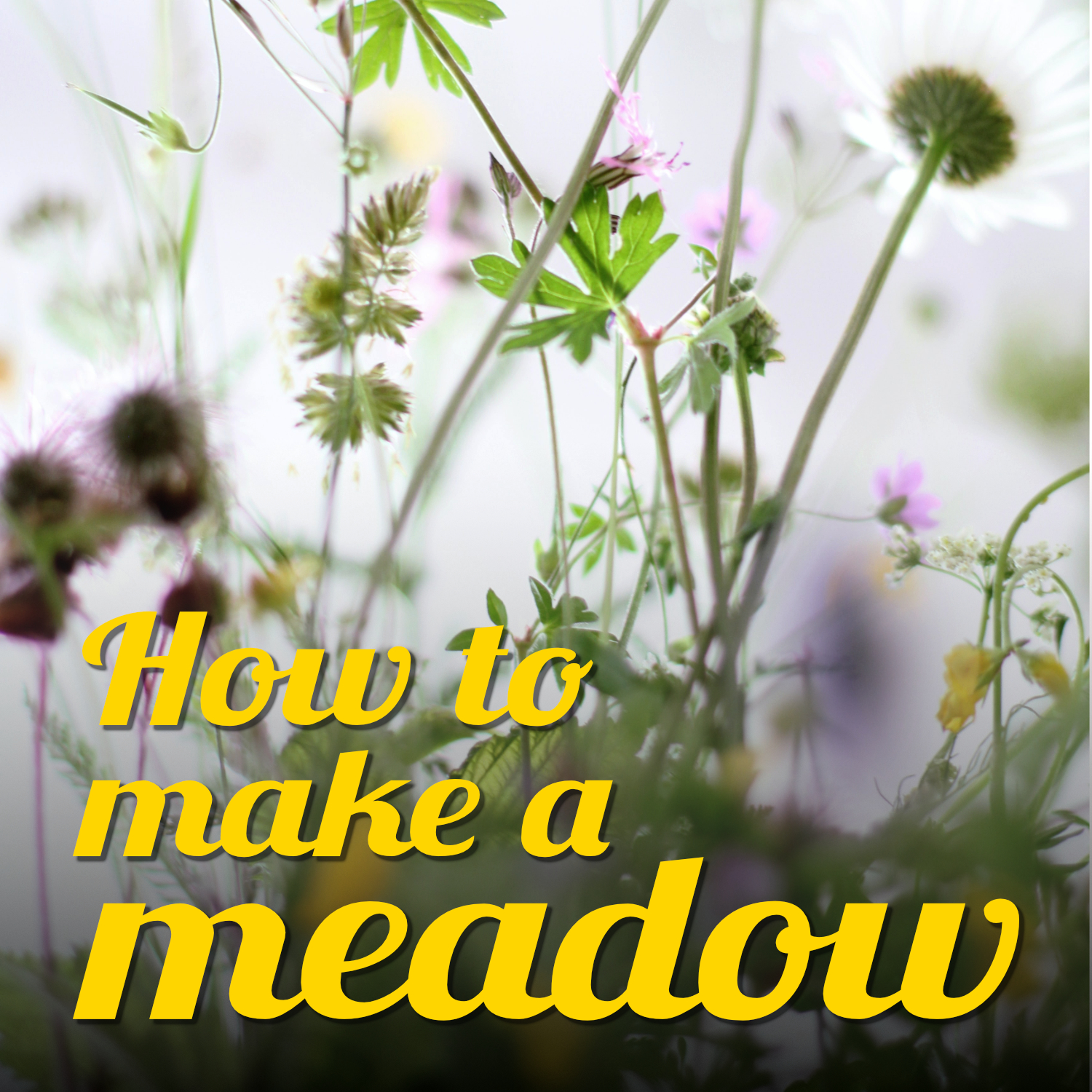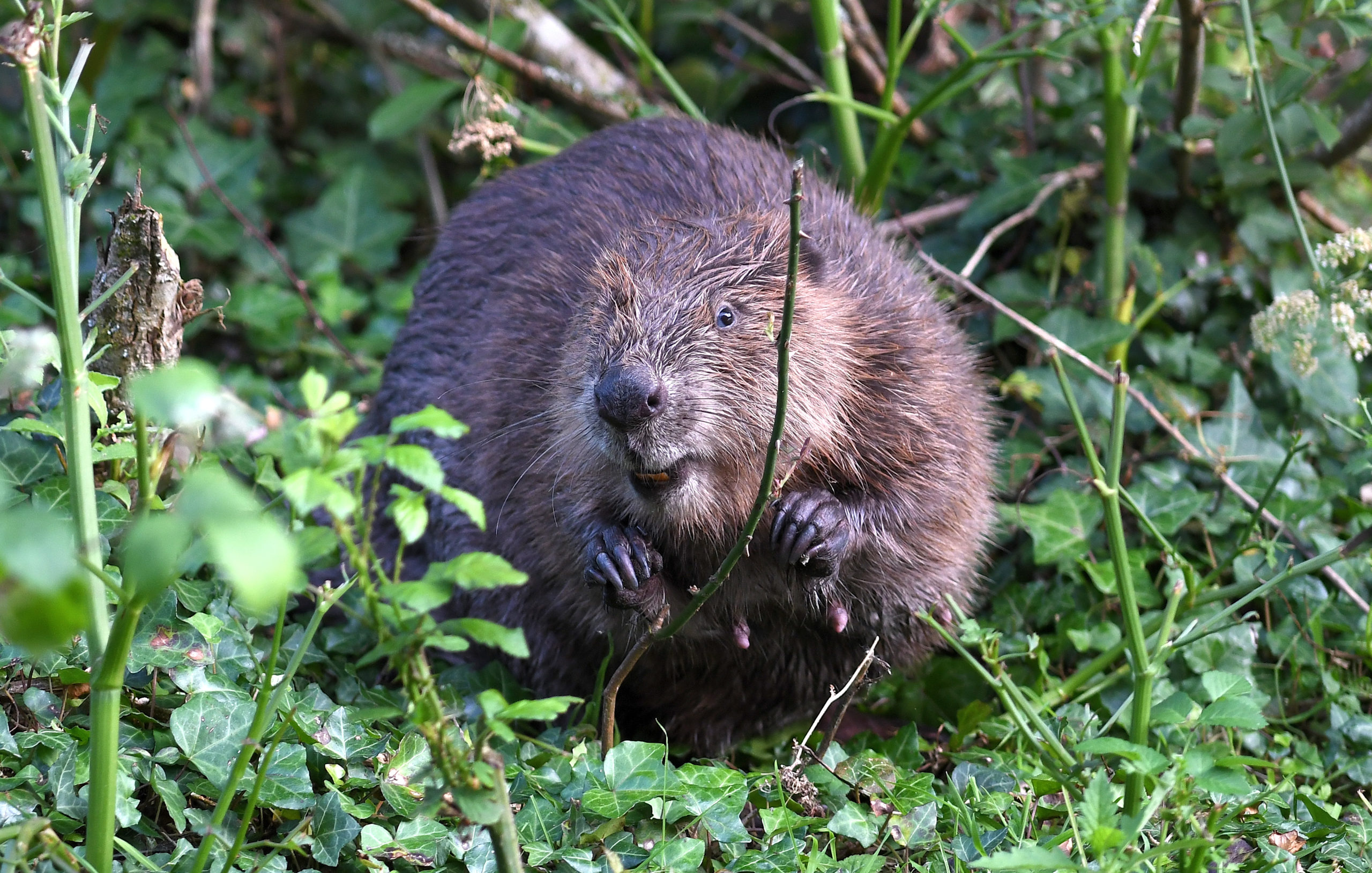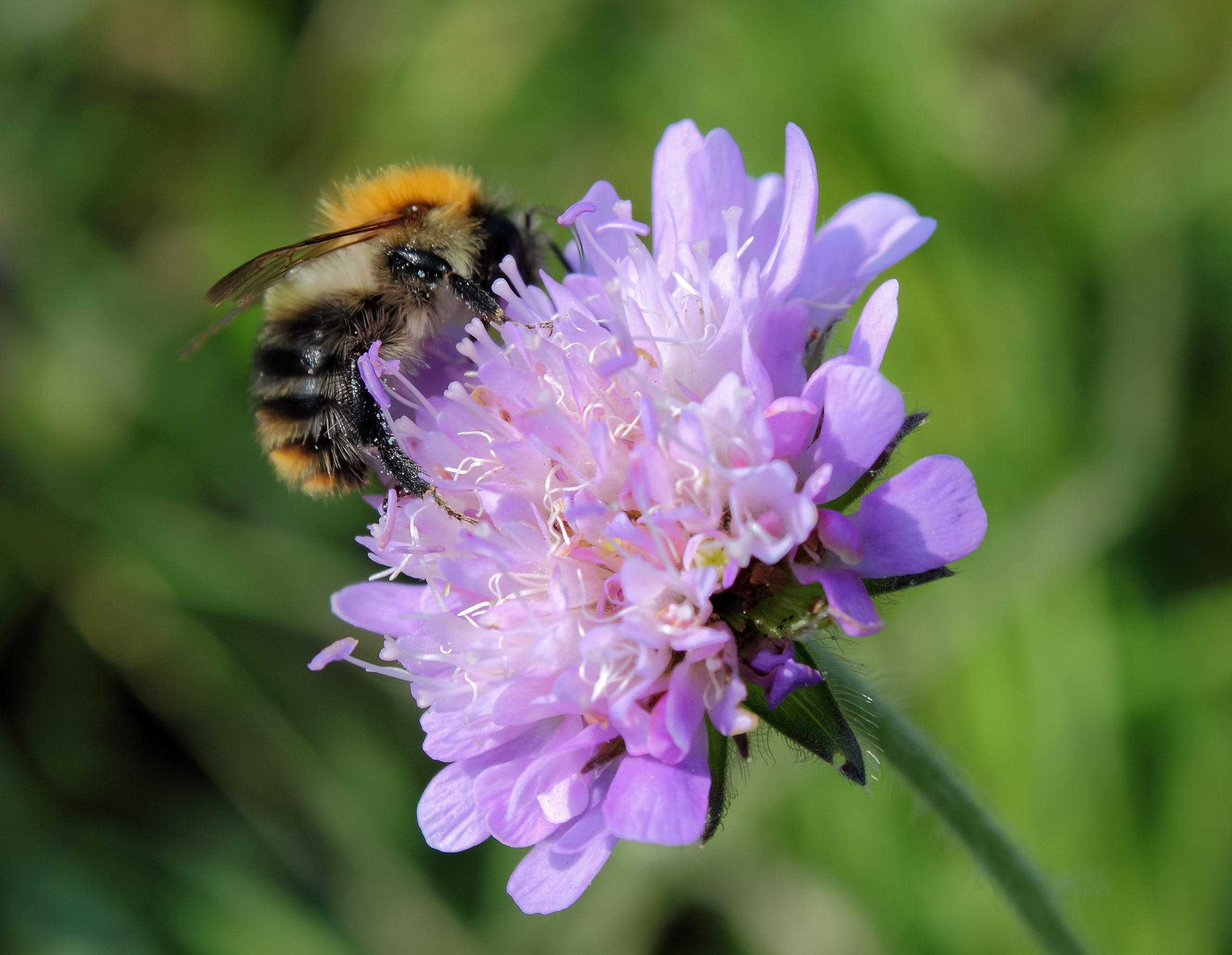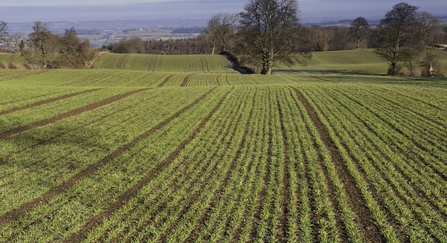Everyone can become a meadow maker – from a window box to a spare acre, no plot is too big or too small. Check out our helpful guide on where to start!
Soil and sunlight
The first question is what kind of soil you are working with? If it’s rich and fertile (or straight out of a compost bag), then annuals are your best bet. This is the easiest way to grow a vibrant mix of wildflowers, but remember, you will need to resow them every year.
If you are lucky enough to have an infertile patch, where not much will grow, then perennial wildflower are your answer. These plants enjoy hard growing conditions and poor soils. They grow best where competition from grasses is low. If you do have some grasses to control, you can enlist mother nature to help. Yellow rattle is a beautiful perennial in its own right. It also takes its nutrients from grasses, thus weakening them.
The second question is how much sunlight does your patch get? There are wildflowers for most conditions. For instance, vetch, self heal, knapweed and ragged robin, all like shady areas. In full sun, you might want ox-eye daisy, hawkbit and bird’s foot trefoil.
Practical tips to become a meadow maker
Once you’ve decided on your mix of species, you can buy the seeds or seedlings from a variety of garden centres and online stockists. There is even the option of wildflower turf, if you want to get the best possible start with the minimum of effort. Seedlings will generally be available in spring, or you can sow seed in spring or autumn.
With seedlings you can simply remove a plug of turf and plant directly. Just make sure they are not fighting for space with bigger and hardier plants. With seedlings it’s better to prepare the ground by removing the turf layer first. Then rotavate or dig over the ground and break up the lumps into a finer tilth before raking it out. After that, scatter the seeds and water them in. Keep your plants from drying out if there’s not much rain forecast. Once they germinate, you can keep the meadow cut short over winter to reduce the strength of grasses that will inevitably begin to colonise the area. Allow the meadow to grow as the weather warms.
Sit back and relax – you’re a meadow maker!
From this point you can sit back and enjoy what you’ve created. Watch the bees and other insects buzzing around. Take note of all the other wildlife attracted to this wonderful habitat you’ve created. You can still remove any creeping thistle or more thuggish plants as you see them appear.
After the flowering season, you can think about cutting the meadow and removing the arisings. This is an important part of maintaining your meadow, as it removes nutrients that would otherwise build up from rotting of the clippings. The main thing is to allow most of the seed to drop before you do this, otherwise you are preventing new flowers from growing.
Follow this routine every year and your meadow can continue providing great satisfaction year after year. One final tip is to mix or water in some mycorrhizal powder. Mycorrhiza are fungi that live in soils. We are only beginning to understand how crucial it is to supporting plant growth. Overworked soils, from intensive agriculture for example, can be severely depleted. This is a whole other subject, so keep your eyes out for more handy and informative articles in the future.
You can read the full story in the Winter Issue of Wild Tees Magazine. Become a member and you will receive your issue of Wild Tees Magazine and much more. Hit that ‘Join’ button at the top of the page!




